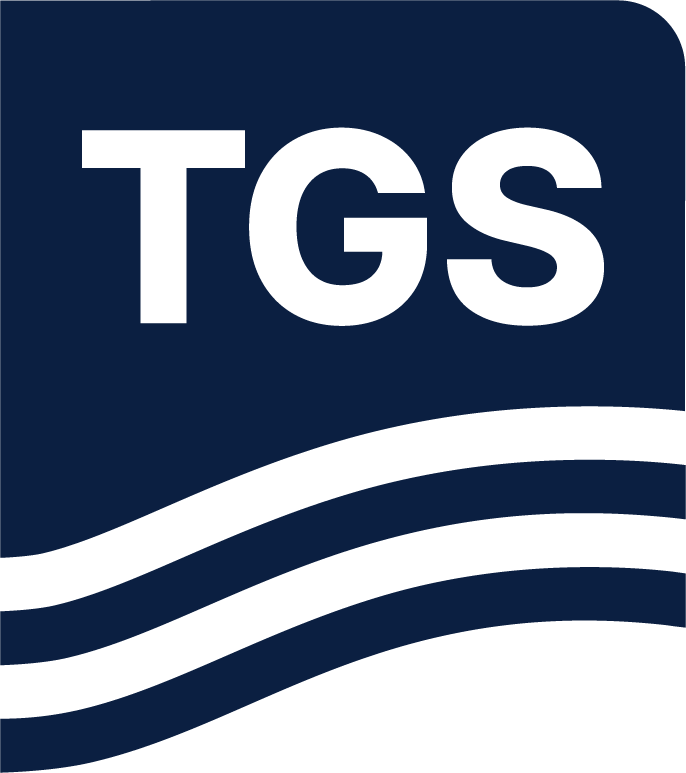Paper Summary
Seismic baseline surveys over CO2 storage reservoirs need to be sampled well enough for a proper characterization of the storage complex including potential leakage pathways over an area at least as large as the anticipated CO2 plume size at the end of injection. These requirements render these surveys expensive to repeat for regular monitoring purposes. We describe a method for designing cost-effective monitoring geometries using sparse nodes and short streamers, taking advantage of the uniform source line coverage provided by modern wide-tow, multi-source streamer geometries. An integrated approach to survey design optimizes geometric repeatability between these very different acquisition methodologies for time-lapse applications. The methodology is illustrated using data that has been modelled with finite-difference wavefield propagation in a realistic model of a storage site, including the storage complex and overburden, after different injection periods.

